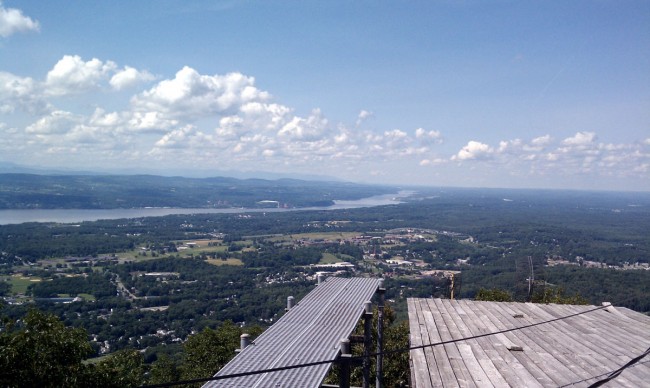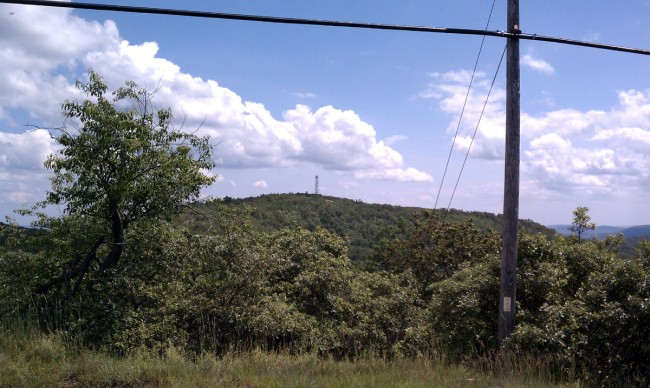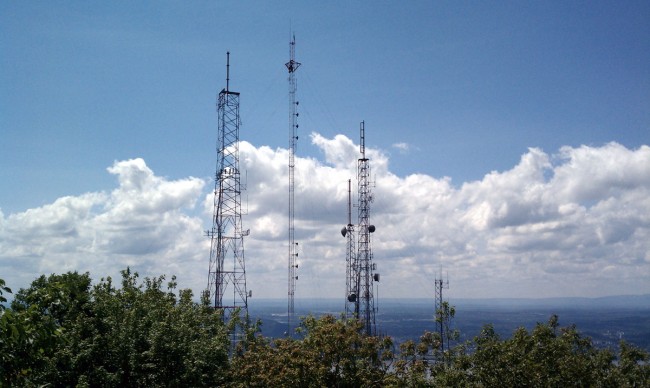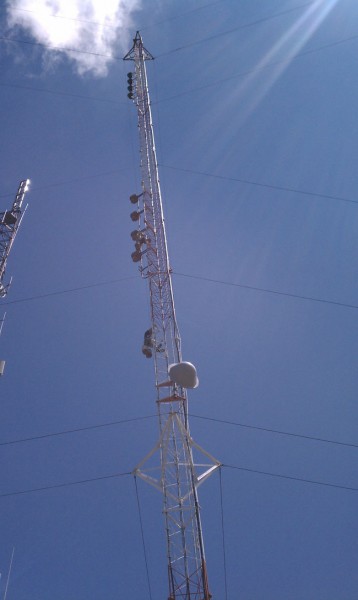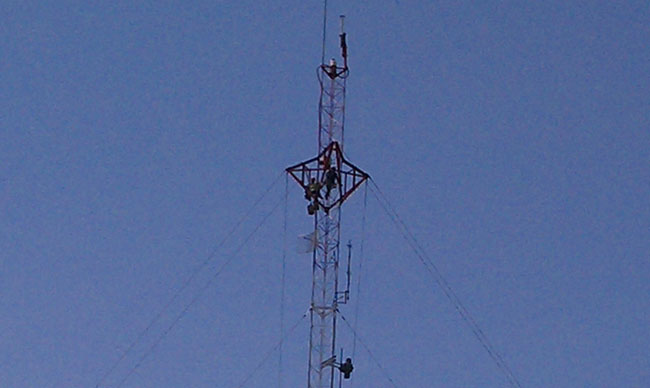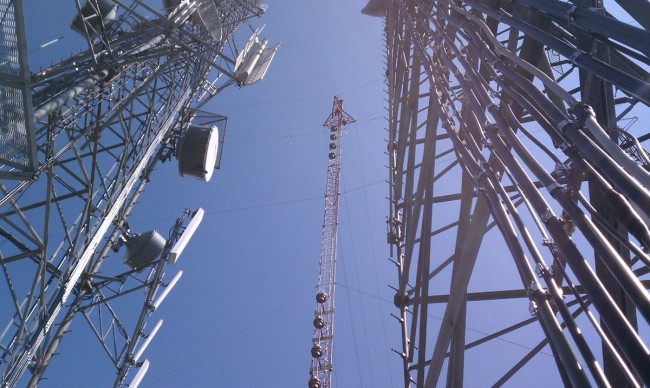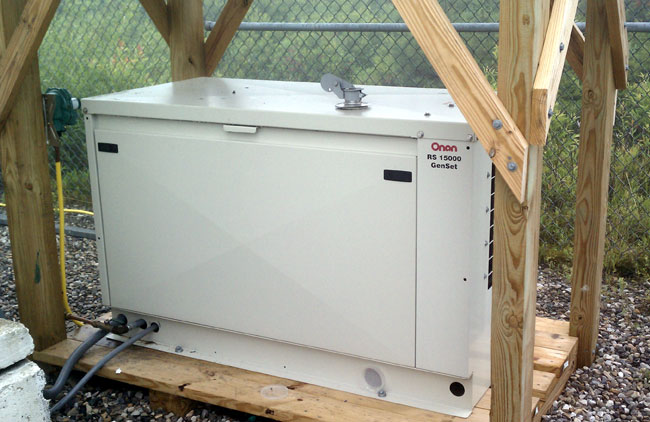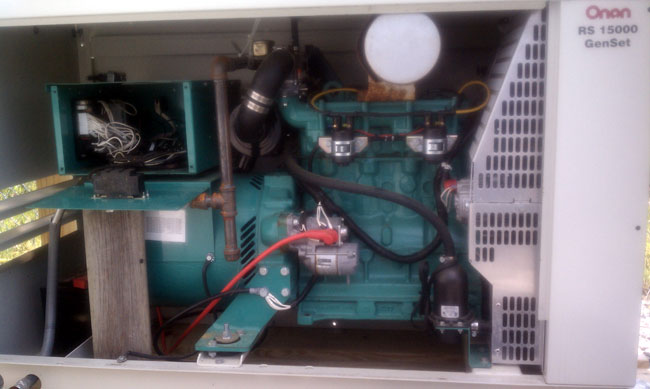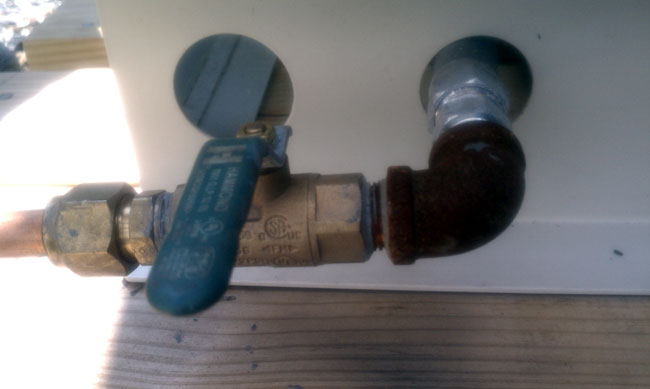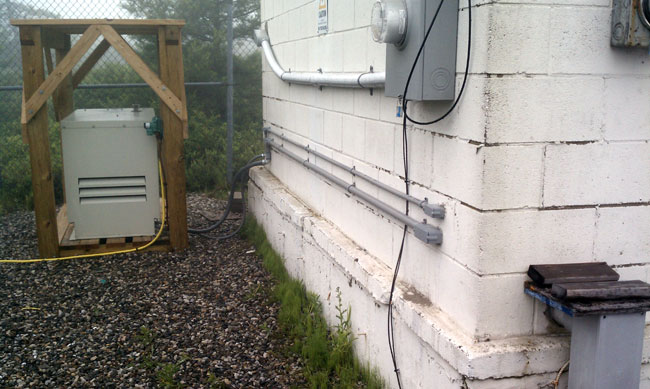I wrote about this before, garnering several negative comments, both from the cost and effectiveness perspectives. Prompted by the New York State Broadcasters Association, the Senate and Assembly passed the legislation on Wednesday. It was refined somewhat, with frequencies specified in the AM broadcast and FM broadcast bands. The revised writing softens the criminality somewhat, making the first offense a class A misdemeanor and subsequent offenses class D felonies.
It also broadens the enforcement actions to allow the seizure and destruction of radio transmission equipment, antennas, computers, and studio equipment used during the act. The law provides no provision for part 15 broadcasting, which is defined as license-free operation under FCC rules.
The law amends the NY State Penal code, by adding section 190:
S 190.72 UNAUTHORIZED RADIO TRANSMISSION IN THE SECOND DEGREE.
A PERSON IS GUILTY OF AN UNAUTHORIZED RADIO TRANSMISSION IN THE SECOND
DEGREE WHEN SUCH PERSON:
1. KNOWINGLY MAKES OR CAUSES TO BE MADE A RADIO TRANSMISSION IN THIS
STATE, ON RADIO FREQUENCIES ASSIGNED AND LICENSED BY THE FEDERAL COMMU
NICATIONS COMMISSION FOR USE BY AM RADIO STATIONS BETWEEN THE FREQUEN
CIES OF 530 KHZ TO 1700 KHZ, OR FM RADIO STATIONS BETWEEN THE FREQUEN
CIES OF 88 MHZ TO 108 MHZ, WITHOUT FIRST HAVING OBTAINED A LICENSE OR
OTHER AUTHORIZATION FROM THE FEDERAL COMMUNICATIONS COMMISSION, OR DULY
AUTHORIZED FEDERAL AGENCY; OR
2. KNOWINGLY CAUSES, EITHER DIRECTLY OR INDIRECTLY, INTERFERENCE TO
ANY AM RADIO STATIONS BETWEEN THE FREQUENCIES OF 530 KHZ TO 1700 KHZ, OR
FM RADIO STATIONS BETWEEN THE FREQUENCIES OF 88 MHZ TO 108 MHZ WITHOUT
AUTHORIZATION BY THE FEDERAL COMMUNICATIONS COMMISSION OR DULY AUTHOR
IZED FEDERAL AGENCY.
ANY EQUIPMENT, INCLUDING BUT NOT LIMITED TO THE TRANSMITTING ANTENNA,
TRANSMITTER, MASTER CONTROL, SERVERS AND COMPUTERS, USED TO PROVIDE SUCH
ILLEGAL RADIO TRANSMISSIONS SHALL BE SUBJECT TO SEIZURE AND, UPON
CONVICTION, SUBJECT TO DESTRUCTION PURSUANT TO ARTICLE FOUR HUNDRED
SEVENTEEN OF THIS CHAPTER.
UNAUTHORIZED RADIO TRANSMISSION IN THE SECOND DEGREE IS A CLASS A
MISDEMEANOR.
S 2. The penal law is amended by adding a new section 190.73 to read
as follows:
S 190.73 UNAUTHORIZED RADIO TRANSMISSION IN THE FIRST DEGREE.
A PERSON IS GUILTY OF UNAUTHORIZED RADIO TRANSMISSION IN THE FIRST
DEGREE WHEN HE OR SHE COMMITS THE CRIME OF UNAUTHORIZED RADIO TRANS
MISSION IN THE SECOND DEGREE PURSUANT TO SECTION 190.72 OF THIS ARTICLE
AND HAS PREVIOUSLY BEEN CONVICTED WITHIN THE PRECEDING TEN YEARS OF
UNAUTHORIZED RADIO TRANSMISSION IN THE SECOND DEGREE. ANY EQUIPMENT,
INCLUDING BUT NOT LIMITED TO THE TRANSMITTING ANTENNA, TRANSMITTER,
MASTER CONTROL, SERVERS AND COMPUTERS, USED TO PROVIDE SUCH ILLEGAL
RADIO TRANSMISSIONS SHALL BE SUBJECT TO SEIZURE AND, UPON CONVICTION,
SUBJECT TO DESTRUCTION PURSUANT TO ARTICLE FOUR HUNDRED SEVENTEEN OF
THIS CHAPTER. UNAUTHORIZED RADIO TRANSMISSION IN THE FIRST DEGREE IS A CLASS D
FELONY.
S 3. The penal law is amended by adding a new article 417 to read as
follows:
ARTICLE 417
SEIZURE AND DESTRUCTION OF TRANSMITTING ANTENNA, TRANSMITTER,
MASTER CONTROL, SERVERS AND COMPUTERS, USED TO PROVIDE ILLEGAL
RADIO TRANSMISSIONS
SECTION 417.00 SEIZURE AND DESTRUCTION OF TRANSMITTING ANTENNA, TRANS
MITTER, MASTER CONTROL, SERVERS AND COMPUTERS, USED TO
PROVIDE ILLEGAL RADIO TRANSMISSIONS.
S 417.00 SEIZURE AND DESTRUCTION OF TRANSMITTING ANTENNA, TRANSMITTER,
MASTER CONTROL, SERVERS AND COMPUTERS, USED TO PROVIDE ILLEGAL RADIO TRANSMISSIONS.
ANY EQUIPMENT UTILIZED IN VIOLATION OF SECTION 190.72 OR 190.73 OF
THIS CHAPTER MAY BE SEIZED BY ANY POLICE OFFICER UPON THE ARREST OF ANY
INDIVIDUAL IN POSSESSION OF THE SAME. UPON FINAL DETERMINATION OF THE
CHARGES, THE COURT SHALL, UPON NOTICE FROM THE DISTRICT ATTORNEY, ENTER
AN ORDER PRESERVING ANY TRANSMITTING ANTENNA, TRANSMITTER, MASTER
CONTROL, SERVERS AND COMPUTERS, USED TO PROVIDE ILLEGAL RADIO TRANS
MISSIONS FOR USE IN OTHER CASES, INCLUDING A CIVIL ACTION. THIS NOTICE
MUST BE RECEIVED WITHIN THIRTY DAYS OF FINAL DETERMINATION OF THE CHARG
ES. THE COST OF STORAGE, SECURITY AND DESTRUCTION OF ITEMS SO ORDERED
FOR PRESERVATION AND USE AS EVIDENCE IN A CIVIL ACTION, OTHER THAN A
CIVIL ACTION UNDER ARTICLE THIRTEEN-A OF THE CIVIL PRACTICE LAW AND
RULES INITIATED BY THE DISTRICT ATTORNEY, SHALL BE PAID BY THE PARTY
SEEKING PRESERVATION OF THE EVIDENCE FOR A CIVIL ACTION. IF NO SUCH
ORDER IS ENTERED WITHIN THE THIRTY DAY PERIOD, THE DISTRICT ATTORNEY OR
CUSTODIAN OF THE SEIZED PROPERTY MUST CAUSE SUCH ITEMS TO BE DESTROYED.
DESTRUCTION SHALL NOT INCLUDE AUCTION, SALE, OR DISTRIBUTION OF THE
ITEMS IN THEIR ORIGINAL FORM.
The law takes effect on November 1, 2011.
In order to gain a conviction, some amount of evidence would be needed. Signal strength measurements and or spectrum analysis would be a minimum requirement, in addition to any equipment seized.
Discuss.
